Whether you’re outfitting a luxury sailing yacht or high-end motor boat, choosing suitable upholstery fabric is more than just a design decision—it’s essential for ensuring both beauty and durability in challenging marine environments.
At Ultrafabrics, we’ve perfected our materials, rigorously testing them to meet the demands of even the most extreme settings. In this guide, we’ll walk you through what to look for when selecting performance fabrics for marine applications, helping you align your creative vision with practical needs.
Understanding the marine environment’s demands
Marine environments are tough on fabrics. Exposure to saltwater, UV rays, humidity, and fluctuating temperatures can damage materials not built for such conditions. Selecting the right performance fabric ensures it maintains its aesthetic appeal and functionality over time.
At Ultrafabrics, we’ve developed high-tech performance fabrics that look stunning and stand up to these demanding conditions. Our fabrics are trusted in high-use environments ranging from hotels and hospitals to yachts, luxury cars, and even spaceships. Here are some key factors to consider when choosing upholstery fabrics for luxury boats, yachts, and even catamarans.
Hydrolysis testing: ensuring longevity
Hydrolysis testing is crucial for high-use upholstery fabrics. While tests like Martindale and Wyzenbeek focus on surface abrasion, this is rarely the primary cause of failure for coated fabrics, such as polyurethane. When exposed to heat and moisture, polyurethane can degrade over time, leading to cracking, peeling, and loss of integrity. Hydrolysis testing evaluates a fabric’s resistance to chemical breakdown, ensuring it can withstand harsh marine environments.
Two main hydrolysis tests are the ISO 1419 ’Tropical’ Test (Method C), which simulates extreme humidity and heat, and the ASTM D3690 Standard Performance Specification, which subjects fabrics to visual inspections and physical stress tests. Ultrafabrics tests materials using both methods, ensuring they maintain their performance over time.
Polyurethanes with 100 per cent polycarbonate resins offer the best hydrolysis resistance and are considered the gold standard for durability. Thanks to Ultrafabrics’ superior polycarbonate-based polyurethane resins, most of our materials test to an impressive 16 weeks—well above the industry standard. Fabrics with high hydrolysis ratings will stay intact and beautiful even after prolonged exposure to marine conditions.
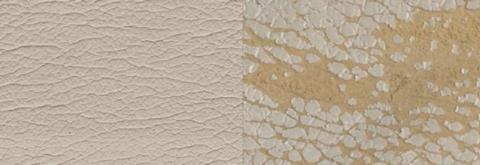
Breathability and comfort
Comfort is critical on a luxury yacht. Breathable fabrics provide enhanced seating comfort. The ASTM D737 test for air permeability measures how well air flows through a fabric, directly impacting comfort levels. Ultrafabrics offers breathable collections, Brisa, Brisa Distressed, and Ellora, which are ideal for interior seating. Additionally, air permeability fabrics can improve acoustics, making them an excellent choice for stylish wall panels.
Ultrafabrics’ materials are engineered with a unique microfoam layer that effectively regulates body temperature for enhanced thermal comfort, even on the hottest days. Additionally, our outdoor collections are specially designed to stay cool to the touch, even under the intense heat of the sun, ensuring a luxurious and comfortable experience for exterior seating.
Protection against mould, mildew and more
Marine environments are often humid, leading to mould and mildew growth if materials are not adequately treated. The ASTM G21 test measures a fabric’s resistance to fungal growth, ensuring it can withstand damp conditions without developing unpleasant odours or unsightly spots. Additionally, antimicrobial testing (ASTM E2180 and AATCC 147) proves resistance to bacterial growth.
For outdoor applications, look for fabrics that have passed tests for UV resistance, such as ASTM G154 or SAE J2527. These tests simulate long-term exposure to sunlight, ensuring the fabric’s colour and integrity won’t fade or degrade over time.
Durability in the face of everyday use
Beyond the environmental challenges, marine fabrics must also endure the wear and tear of everyday use. Tests like ASTM D751 (Tensile Strength) and ASTM D2261 (Tear Strength) assess how well a fabric can withstand physical stress. At the same time, ASTM D2097 (Flex Resistance) measures the fabric’s ability to endure repeated flexing without cracking or peeling.
Choosing fabrics that meet or exceed industry standards for durability is essential for high-traffic areas on a yacht, such as dining areas or lounges. At Ultrafabrics, we ensure that our products are built to last, even in the most demanding settings.
Real-world testing: the Coast Collection
To truly understand how a fabric will perform in a marine environment, it’s essential to go beyond laboratory tests into real-world conditions. That’s why our Coast collection, suitable for exterior applications, underwent two years of real-world testing in marine settings and rigorous weathering tests in both the dry Arizona heat and the humid Florida climate. We also performed three rounds of Florida chamber tests to 1500 kilojoules, simulating long-term outdoor exposure.
The result? Fabrics that maintain their appearance and performance attributes, ensuring your exterior seating remains luxurious and functional for years to come.
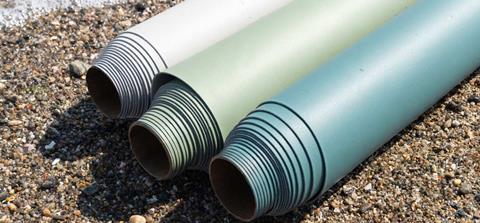
Final thoughts: bringing luxury and durability together
Selecting the right upholstery fabrics can elevate your project to something truly exceptional. By choosing materials that have undergone rigorous testing and are proven to withstand the unique challenges of the marine environment, you ensure that your designs will stand the test of time.
At Ultrafabrics, we believe that luxury and performance go hand in hand. Our commitment to high-performance, durable fabrics means you can focus on creating stunning interiors without worrying about long-term durability. So go ahead—let your creativity sail, knowing that Ultrafabrics has you covered.


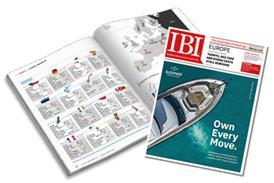
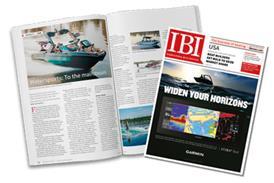
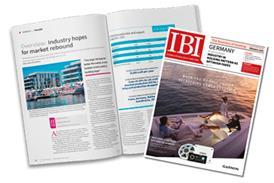
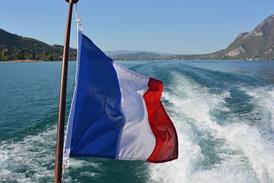


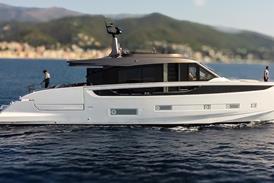
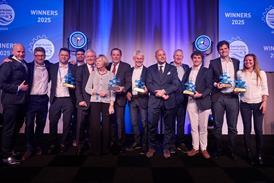
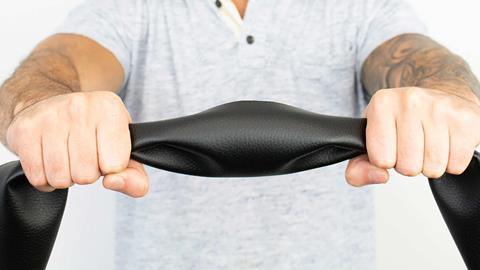
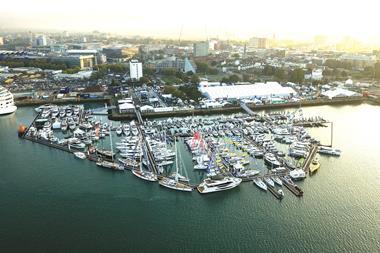
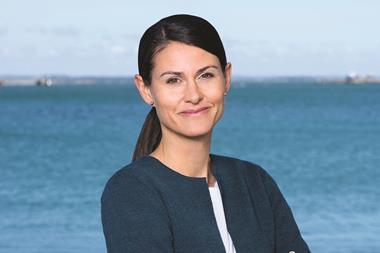
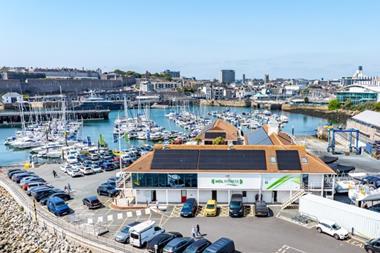



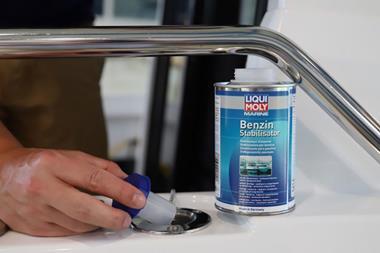
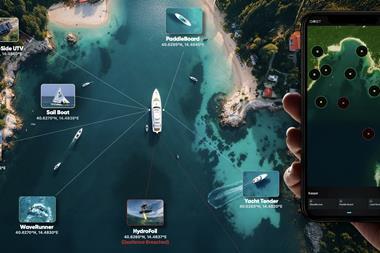
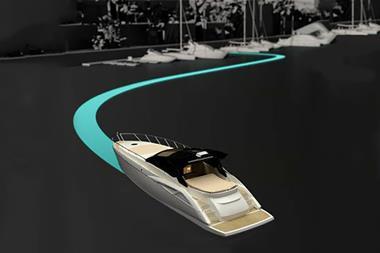
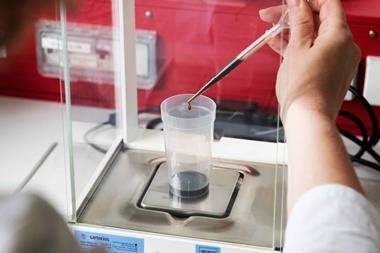
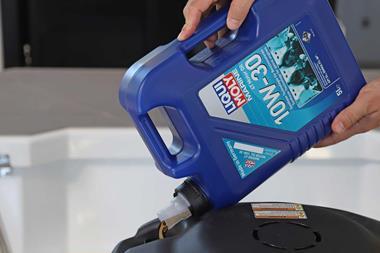
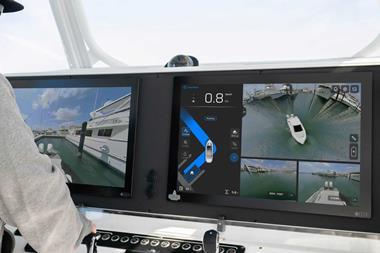
 LinkedIn
LinkedIn X / Twitter
X / Twitter Facebook
Facebook Email us
Email us




